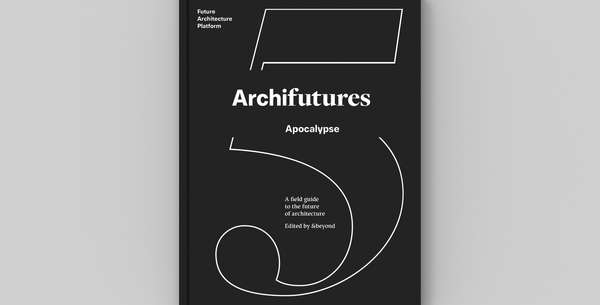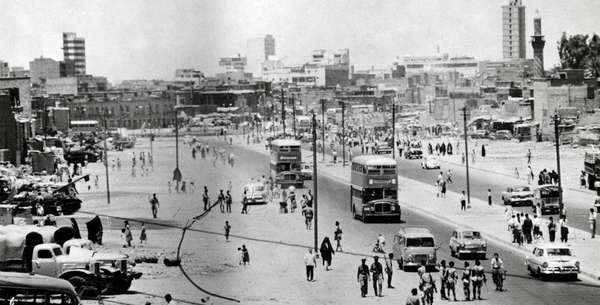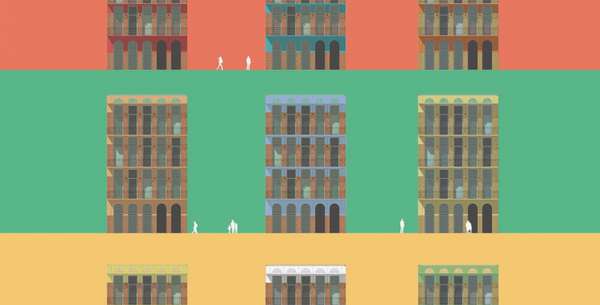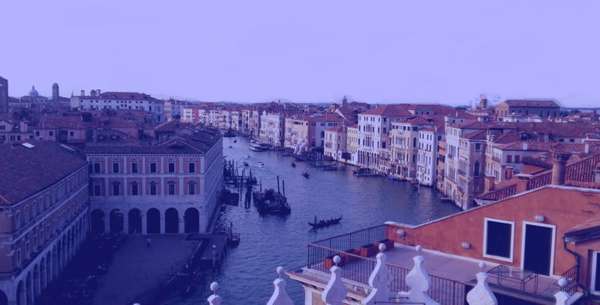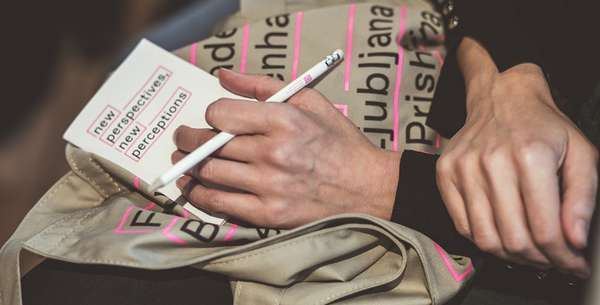Idea by
Martin Pohl with: Konrad Angermüller (graphic design), Mathias Schmitt & Michael Ott (SCHMOTT, photography) and Michael Kraus
Call for ideas 2018
The Political Church
The Political Church
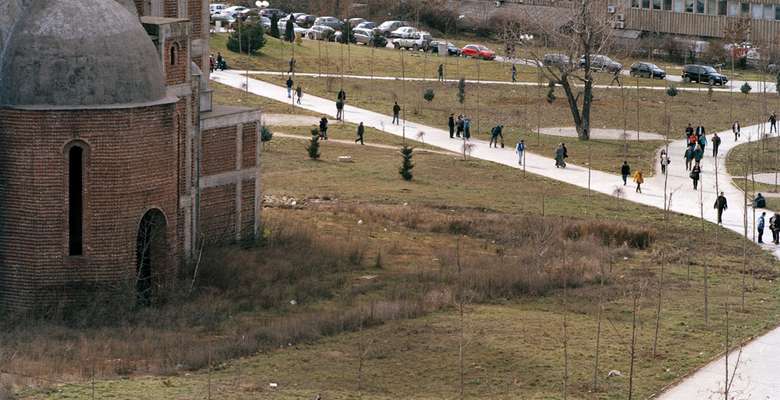
In orthodox liturgy not only architecture and the interior of a sacred place but moreover its outside and immediate environment play an important and symbolic role. Originally planned as Serbian-Orthodox Church of Christ the Savior in the very heart of Prishtina, its unfinished and ruined structure resides as dark reminder in an urban no-mans land.
Where once six mighty oaks should have told the story of God's creation, KFOR soldiers put up a solid barbed wire fence in a 50-meter radius that would protect the unfinished church from attacks.
That informal radius around the ruined cathedral was passed on and is still readable while casting spatial relations that should be the arena for a vital critical debate.
This research therefore focuses on a productive use of heritage as necessary tool for future engagement. All research is focused on connecting existing narratives in the position of an uninvited outsider that instead of taking sides tries to connect various opinions.

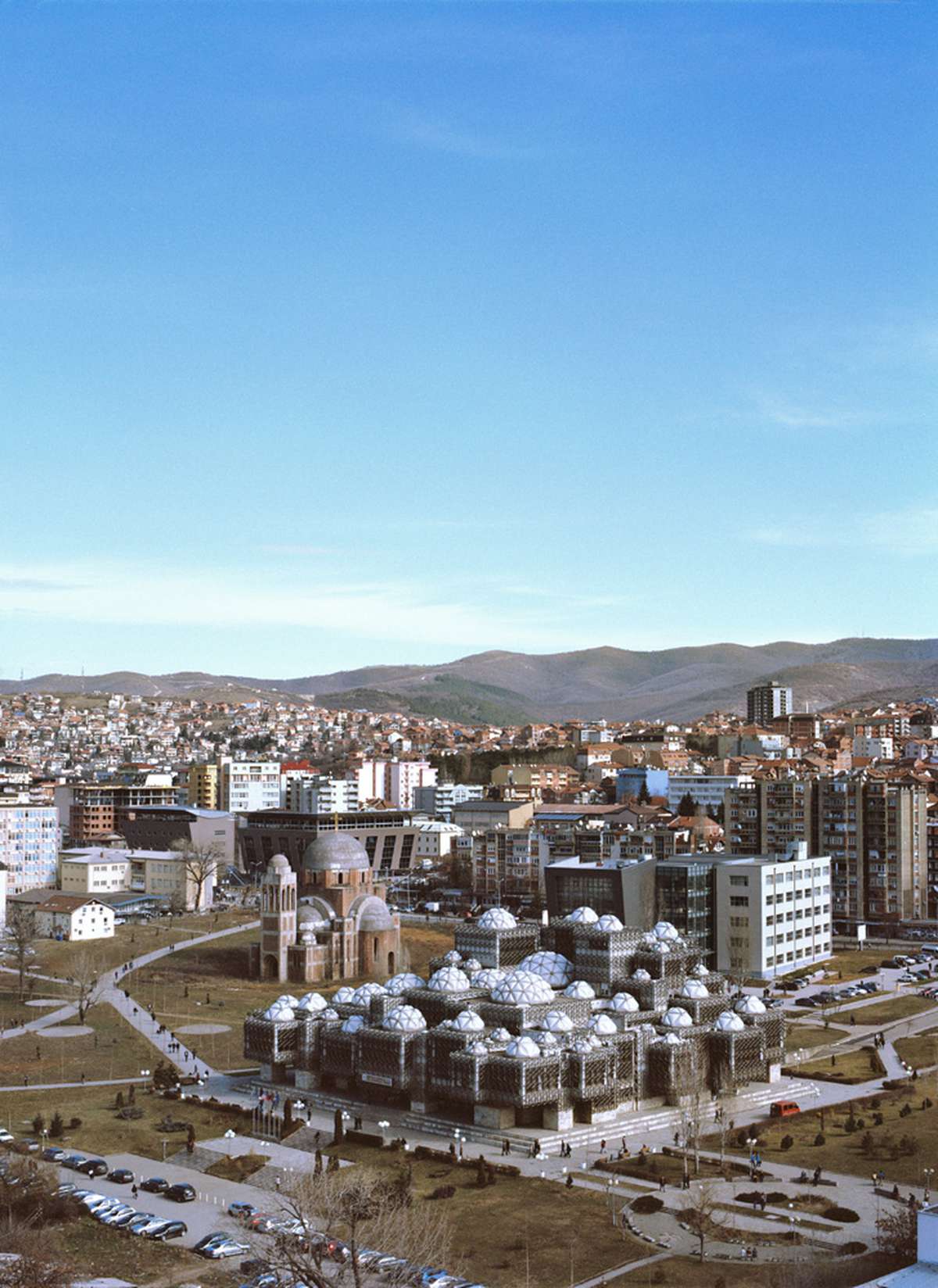

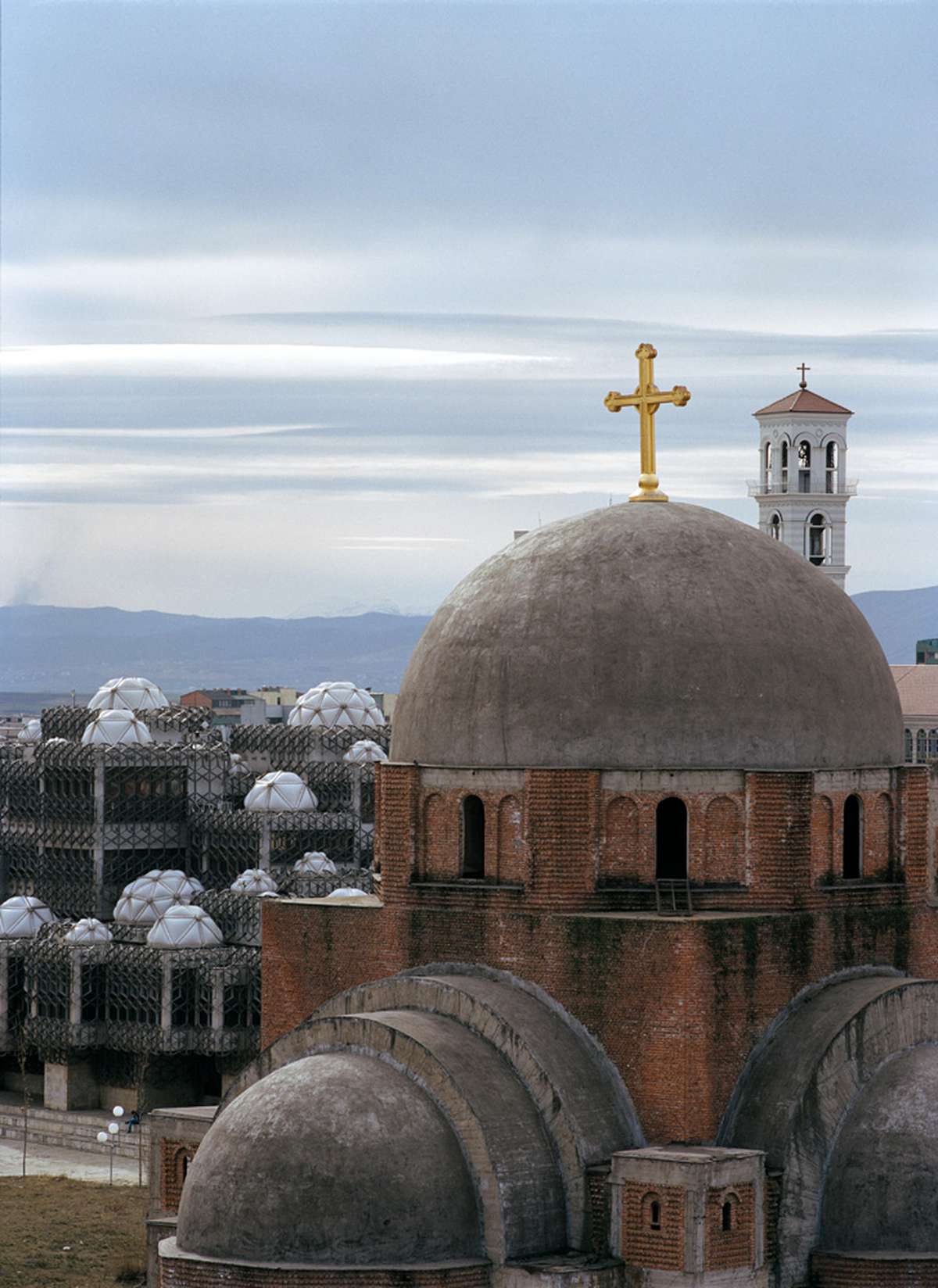
The Political Church
The Political Church

In orthodox liturgy not only architecture and the interior of a sacred place but moreover its outside and immediate environment play an important and symbolic role. Originally planned as Serbian-Orthodox Church of Christ the Savior in the very heart of Prishtina, its unfinished and ruined structure resides as dark reminder in an urban no-mans land.
Where once six mighty oaks should have told the story of God's creation, KFOR soldiers put up a solid barbed wire fence in a 50-meter radius that would protect the unfinished church from attacks.
That informal radius around the ruined cathedral was passed on and is still readable while casting spatial relations that should be the arena for a vital critical debate.
This research therefore focuses on a productive use of heritage as necessary tool for future engagement. All research is focused on connecting existing narratives in the position of an uninvited outsider that instead of taking sides tries to connect various opinions.




